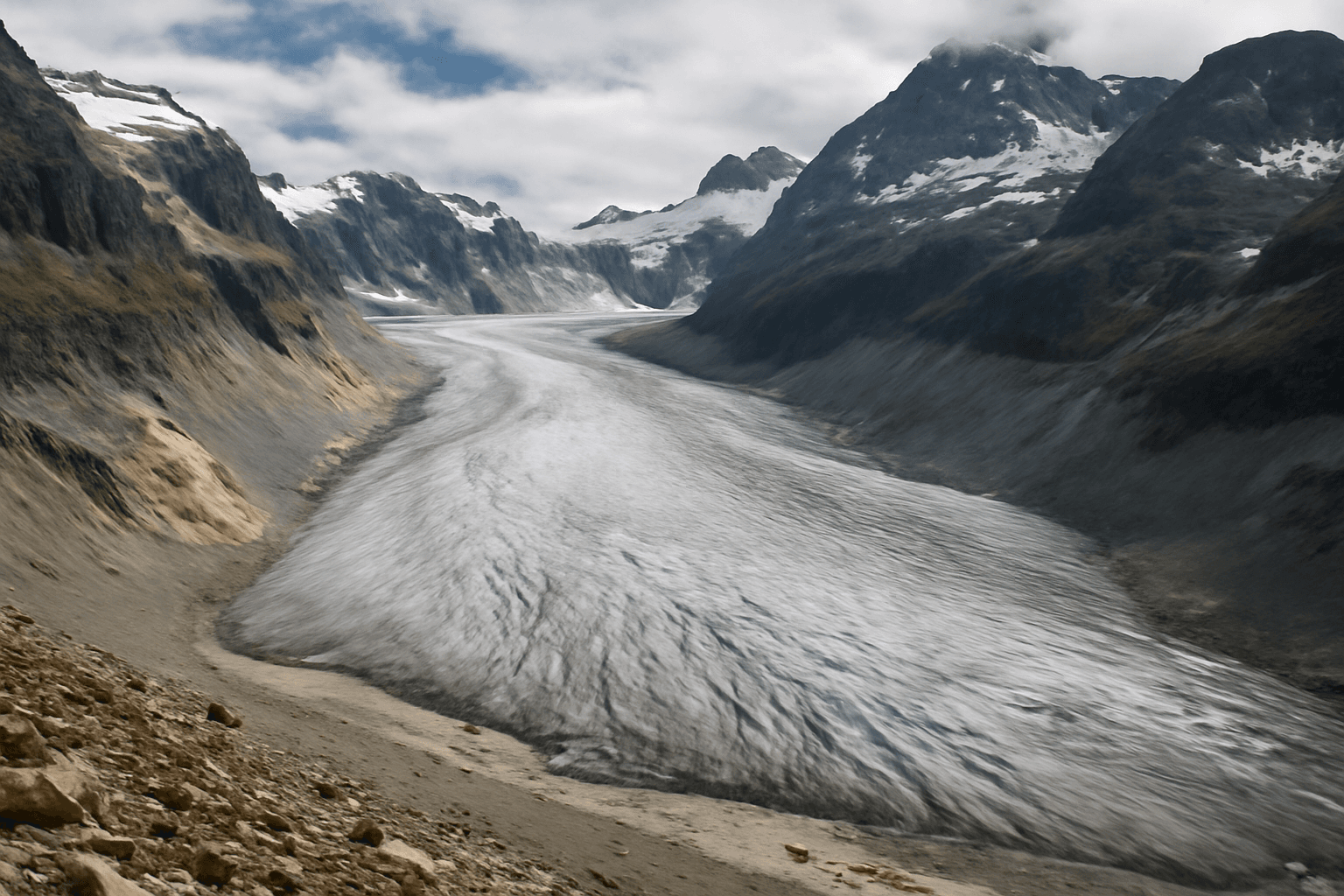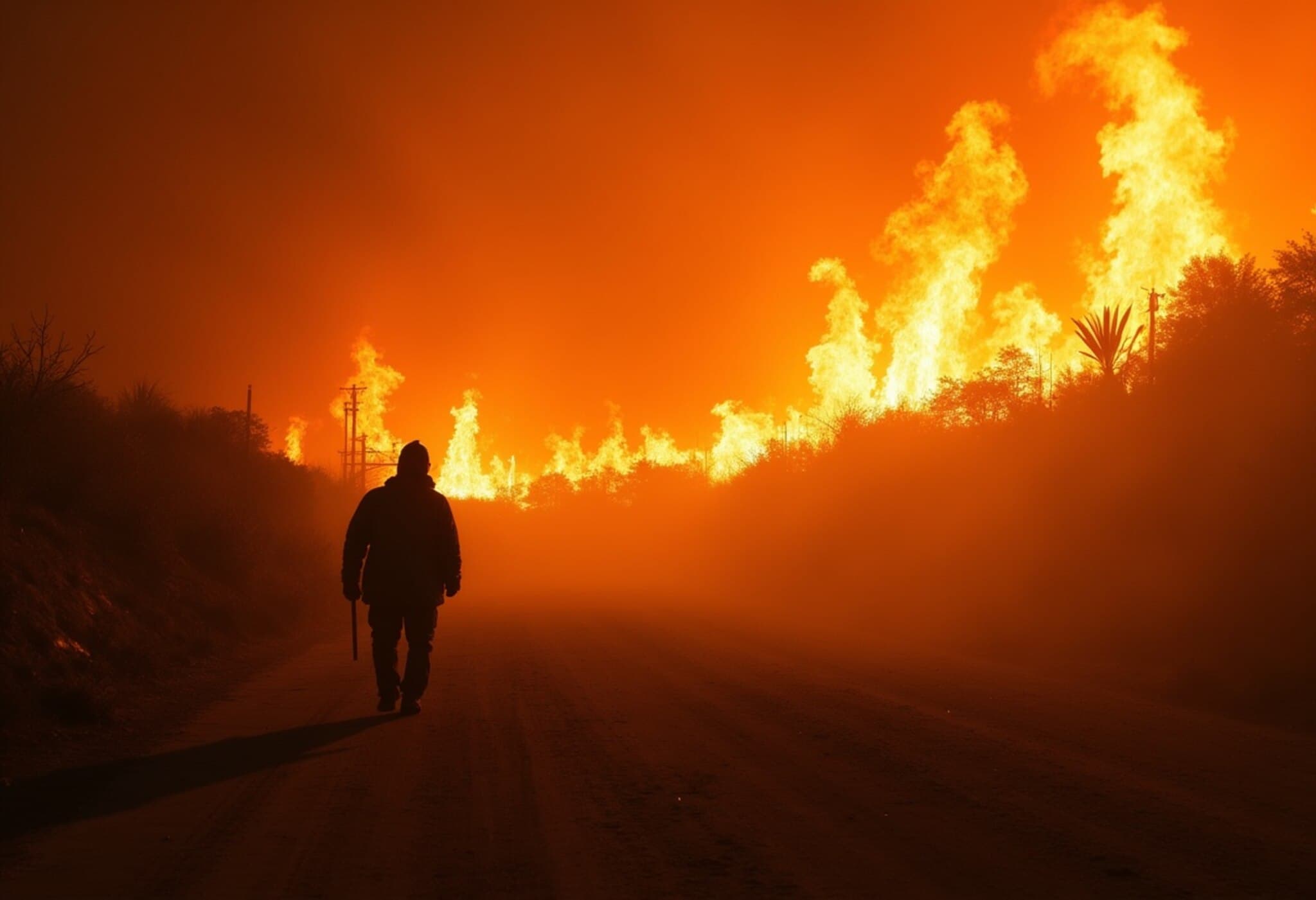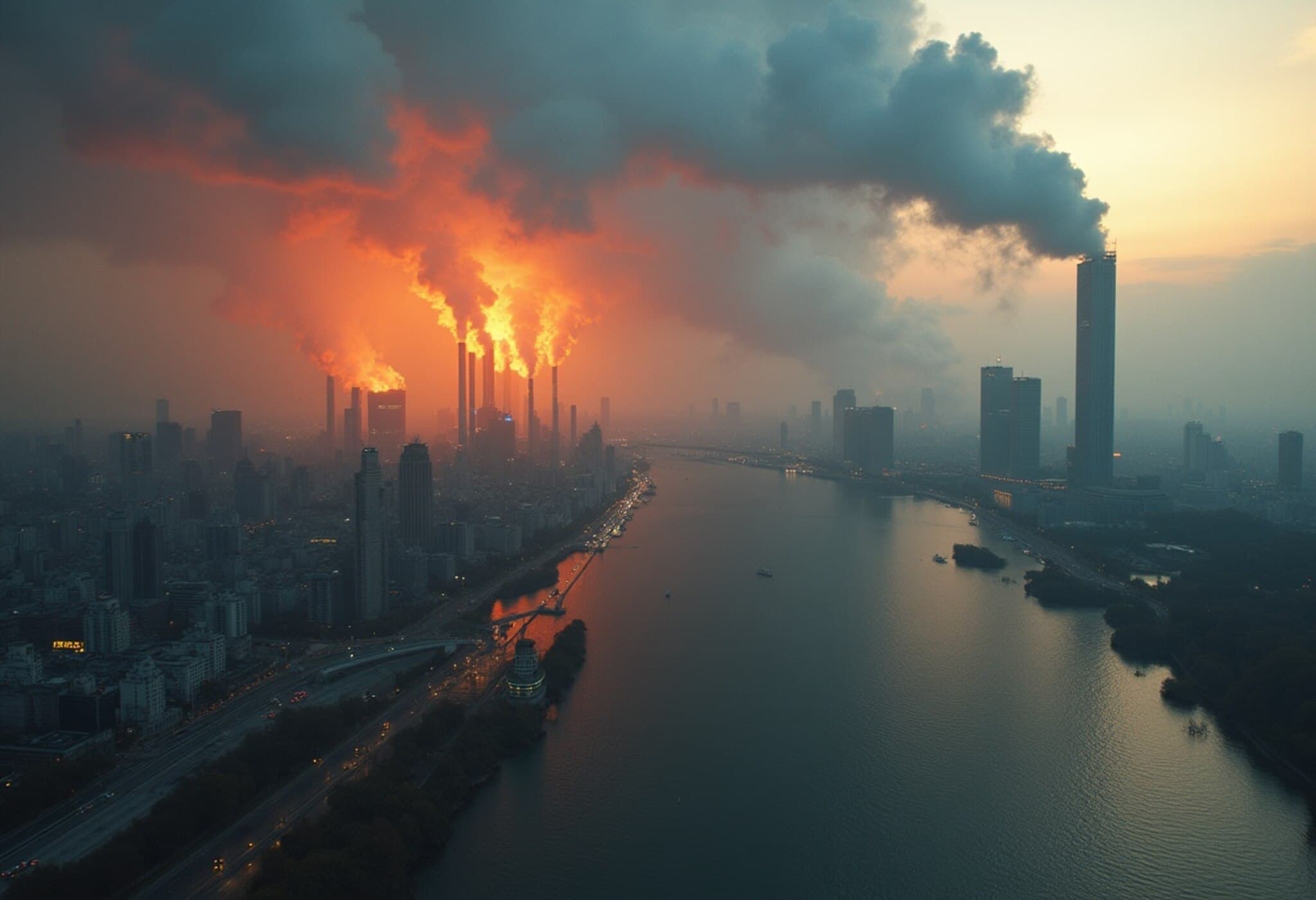Cloud Changes Are Accelerating Earth's Warming
At any given moment, about two-thirds of Earth's surface is cloaked by clouds, which play a crucial role in regulating the planet's temperature. By reflecting sunlight back into space, clouds help keep Earth cooler than it would be without them. However, as the planet warms—driven primarily by the rise of greenhouse gases from fossil fuel combustion—these clouds are transforming in ways that are making global warming even more intense.
Unearthing the Impact of Cloud Shifts on Climate
Recent research conducted by a team of climate scientists has shed light on a worrying trend: the areas covered by bright, highly reflective clouds are shrinking, while regions dominated by less reflective, broken clouds are expanding. Since shiny white clouds near the equator reflect more sunlight than the grey clouds found closer to the poles, this shift means that more solar energy is being absorbed at Earth's surface, exacerbating warming beyond what greenhouse gases alone would cause.
Not All Clouds Are Created Equal
The cooling effect of clouds depends on their characteristics and location. Equatorial bright clouds reflect significant sunlight, acting as Earth's natural sunscreen. Conversely, cloud formations that are patchy or situated in higher latitudes reflect considerably less sunlight, permitting more solar heat to penetrate.
How Atmospheric Circulation Influences Cloud Patterns
The planet's vast wind systems, shaped by warm air rising near the equator and Earth's rotation, dictate weather and cloud formation. The study highlights that changes are most notable along the boundaries of major atmospheric circulation zones.
- Intertropical Convergence Zone (ITCZ): The bright cloud zone near the equator is dwindling.
- Storm Tracks (30°-40° latitudes): Similarly, reflective clouds in these regions are in retreat.
- Subtropical Trade-Wind Zones: These areas rich in less reflective, broken clouds, are expanding.
A Vicious Cycle: The Positive Feedback Loop
This alteration in cloud coverage feeds directly into a concerning feedback mechanism. As greenhouse gases warm the planet, these shifts reduce the extent of reflective clouds, allowing even more sunlight to be absorbed. This additional warming then influences global wind patterns, further modifying cloud formations and continuing the cycle. Scientists call this a positive feedback loop because warming essentially fuels further warming.
The Road Ahead: Monitoring Climate Feedbacks
While this breakthrough provides crucial insight into how cloud dynamics amplify global warming, researchers emphasize that many details remain to be understood. Ongoing satellite missions tracking cloud behavior and Earth's energy balance will be vital in refining climate models and improving predictions.
Understanding these intertwined processes is essential for grasping the full scope of climate change and shaping effective responses.



















